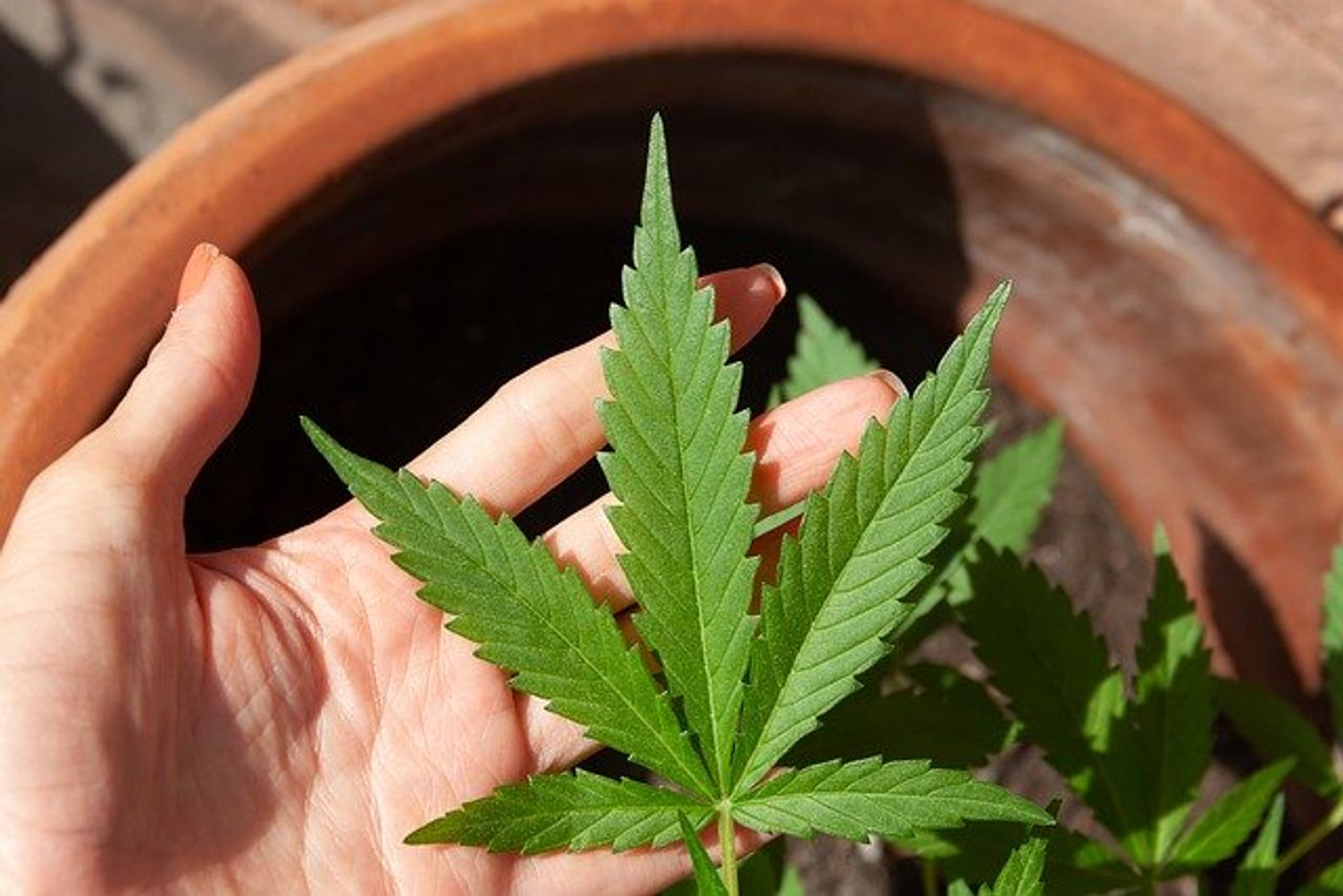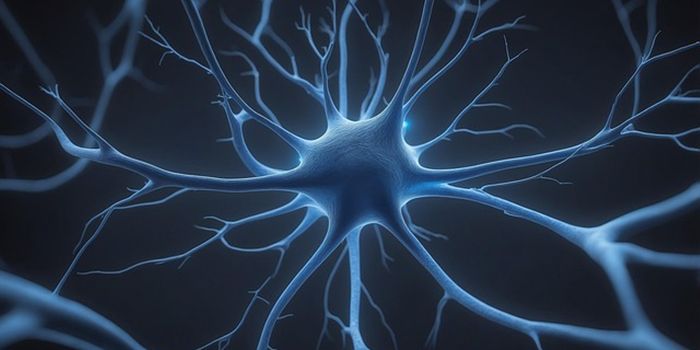A Brief History: The Search for the Perfect High
With cannabis landing closely behind alcohol as the most widely used recreational drug in the United States, researchers and cannabis professionals race to uncover the scientific secrets behind the "perfect high."
Unlike alcohol, a somewhat predictable and tightly regulated psychoactive drug, cannabis is often a mystery regarding the way it will affect a consumer in smaller doses, as it has the potential to trigger widely varying symptoms depending on the strain and the context in which it is taken.
Photo Source: Pixabay.com
Research to uncover what makes cannabis react differently in the human body dates back many years. In 1964 Israeli researcher Raphael Mechoulam was the first scientist to identify THC as the psychoactive molecule that gives users the "high."
In 1998 Mechoulam coined the term "entourage effect" to identify and explain the complicated relationship between cannabinoids (cannabinoids are naturally occurring compounds found in the cannabis plant) and the neurotransmitters in the body. There are over 100 cannabinoids identified, but THC and cannabidiol (CBD) are the main cannabinoids found in the cannabis plant. He believed that this complicated, always varying relationship was the reason for unpredictable user experience.
Around the same time that Mechoulam was making scientific strides in the area of cannabinoids, research by American neurologist Ethan Russo recognized that terpenes, the aromatic oils that give different varieties of cannabis, as well as other plants, distinctive flavors and smells, could also be responsible for the variability in the effects of the drug.
Through his research, Russo found that pure THC had adverse effects on mood and perception, but when a terpene was present, these effects could be changed drastically.
"It was my turn to make dinner that night, and it was like: 'Oh, God, I'm not sure I can do this. Where's the knife? What do I need to do next?' Everything was so hard," explains Russo as he recounts his personal experience on pure THC to The New York Times Magazine. He found that when he added pinene, the terpene that gives pinewoods their smell, or limonene, a terpene responsible for the citrus scent, that he was much clearer and able to perform everyday tasks, like making dinner.
Russo published a paper called "Taming THC," compiling over 400 studies supporting the claim that terpenes play a role in the variable effects of cannabis.
Photo Source: Pixabay.com
In 2016 a company called Ebbu, a cannabis company first known for its plan to release a "Feelings" line of cannabis products, announced that they had identified eight terpenes, along with three cannabinoids, that would predictably alter the way THC affected the body.
A recent article published in The New York Times Magazine suggests that as scientists work to eliminate the present variability in the cannabis market in hopes of finding a predictable product to sell consumers, we may run the risk of removing the plant altogether. The author points out that Ebbu has patented a inkjet printer that prints both cannabinoids and terpenes in specific ratios in hopes of maintaining a predictable user experience. These inkjets could mean more manufacturing and less growing for the cannabis industry.
For further information on the scientific search for the perfect high visit The New York Times Magazine
Sources: The New York Times Magazine



![Everything You Need To Know About NGS [eBook]](https://d3bkbkx82g74b8.cloudfront.net/eyJidWNrZXQiOiJsYWJyb290cy1pbWFnZXMiLCJrZXkiOiJjb250ZW50X2FydGljbGVfcHJvZmlsZV9pbWFnZV9mNTM1ZjIyYzA5MDE5ZmNmMWU5NmI0ZDc4NWU2MzdiZTZlN2I5ZDk5XzE4NDUuanBnIiwiZWRpdHMiOnsidG9Gb3JtYXQiOiJqcGciLCJyZXNpemUiOnsid2lkdGgiOjcwMCwiaGVpZ2h0IjozNTAsImZpdCI6ImNvdmVyIiwicG9zaXRpb24iOiJjZW50ZXIiLCJiYWNrZ3JvdW5kIjoiI2ZmZiJ9LCJmbGF0dGVuIjp7ImJhY2tncm91bmQiOiIjZmZmIn19fQ==)






